The Best Companion Plants For St John's Wort
St. John's wort is a beautiful and versatile plant that can add a touch of color and interest to any garden. It is also a valuable medicinal plant, with a long history of use for treating a variety of ailments.
When choosing companion plants for St. John's wort, there are a few things to keep in mind. First, you want to choose plants that will complement the St. John's wort's sunny, open growing conditions. Second, you want to choose plants that will help to deter pests and diseases. Finally, you want to choose plants that will add visual interest to the garden.
Here are some of the best companion plants for St. John's wort:
- Aster oblongifolius (Aromatic aster): This native wildflower is a great choice for companion planting with St. John's wort. It blooms in the late summer and fall, and its flowers attract butterflies and other pollinators.

- Hibiscus moscheutos (Swamp mallow): This tall, stately plant is a great backdrop for St. John's wort. It blooms in the summer, and its flowers attract butterflies and hummingbirds.
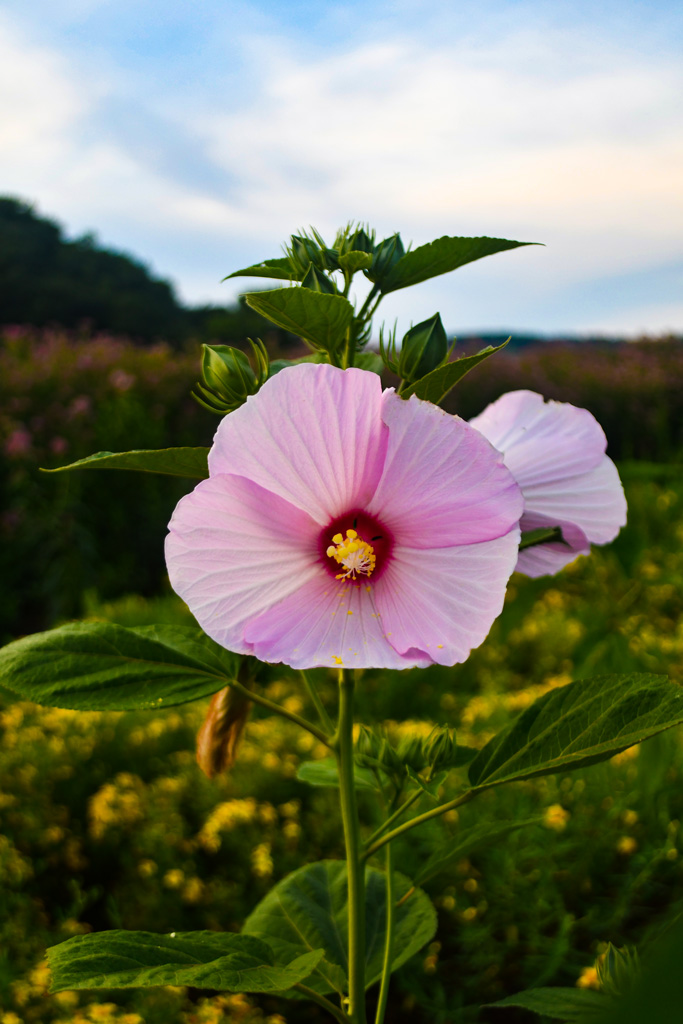
- Monarda fistulosa (Wild bergamot): This aromatic herb is a great companion for St. John's wort. It blooms in the summer, and its flowers attract butterflies and bees.
- Panicum virgatum (Switch grass): This native grass is a great way to add height and texture to a garden. It blooms in the summer, and its flowers attract birds.
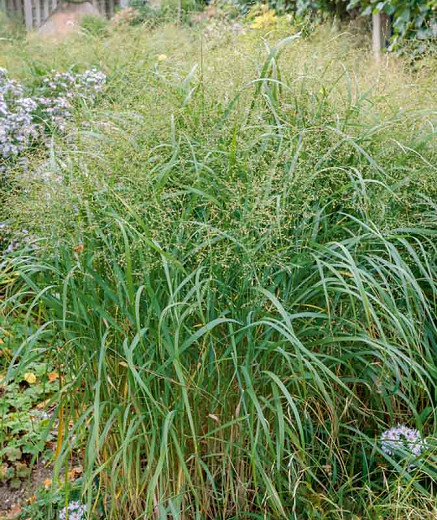
- Rudbeckia hirta (Black-eyed Susan): This cheerful wildflower is a great choice for companion planting with St. John's wort. It blooms in the summer, and its flowers attract butterflies and bees.
- Silphium perfoliatum (Cup plant): This tall, architectural plant is a great way to add interest to a garden. It blooms in the summer, and its flowers attract butterflies and bees.

In addition to these plants, there are a number of other good companion plants for St. John's wort. Some other popular choices include yarrow, lavender, chamomile, and coreopsis.
When choosing companion plants for St. John's wort, it is important to experiment and find what works best in your garden. There are no hard and fast rules, so have fun and see what you can come up with!
St. John's wort is a popular herb that is known for its medicinal properties. It is also a beautiful plant that can add color and interest to your garden. If you are considering planting St. John's wort, you may be wondering what companion plants would be best for it.
There are a few factors to consider when choosing companion plants for St. John's wort. First, you want to choose plants that will complement the color of the St. John's wort flowers. Some good options include lavender, columbine, and yarrow.
Second, you want to choose plants that will have similar growing conditions. St. John's wort prefers full sun and well-drained soil. So, you will want to choose companion plants that also thrive in these conditions. Some good options include chamomile, catnip, and mint.
Finally, you want to choose plants that will attract beneficial insects to your garden. St. John's wort is a magnet for pollinators, so you will want to choose companion plants that will also attract bees, butterflies, and other beneficial insects. Some good options include echinacea, sunflowers, and cosmos.
For more information about St. John's wort companion plants, please visit Garden Wiki.
FAQ of st john's wort companion plants
Q1: What are some good companion plants for St. John's wort?
A: St. John's wort is a versatile plant that can be paired with a variety of other plants. Some good companion plants for St. John's wort include:
- Wood's Purple Aster: This aster blooms in late summer and fall, providing a complementary color to St. John's wort's yellow flowers.
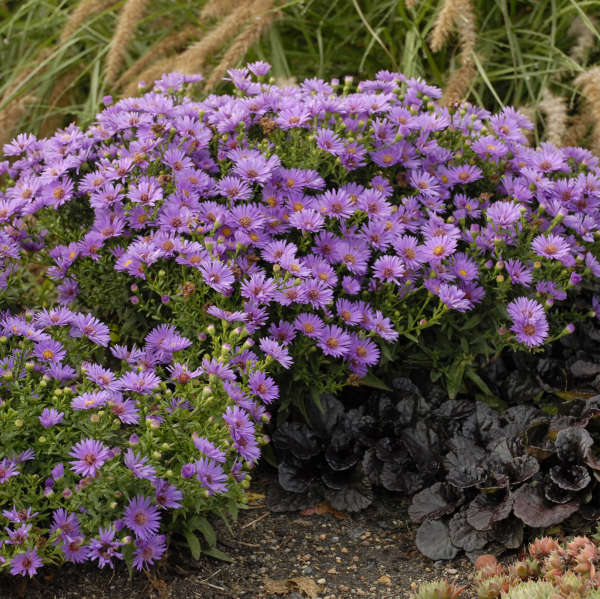
- Hairy Wild Petunia: This petunia is a low-growing plant that attracts butterflies and other pollinators.
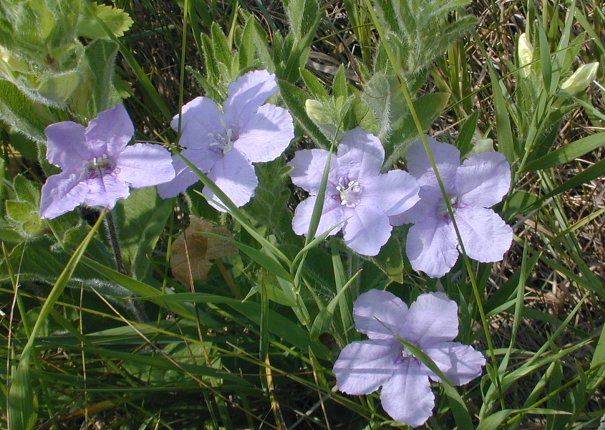
- Montrose White Calamint: This calamint is a drought-tolerant plant that adds a touch of white to the garden.
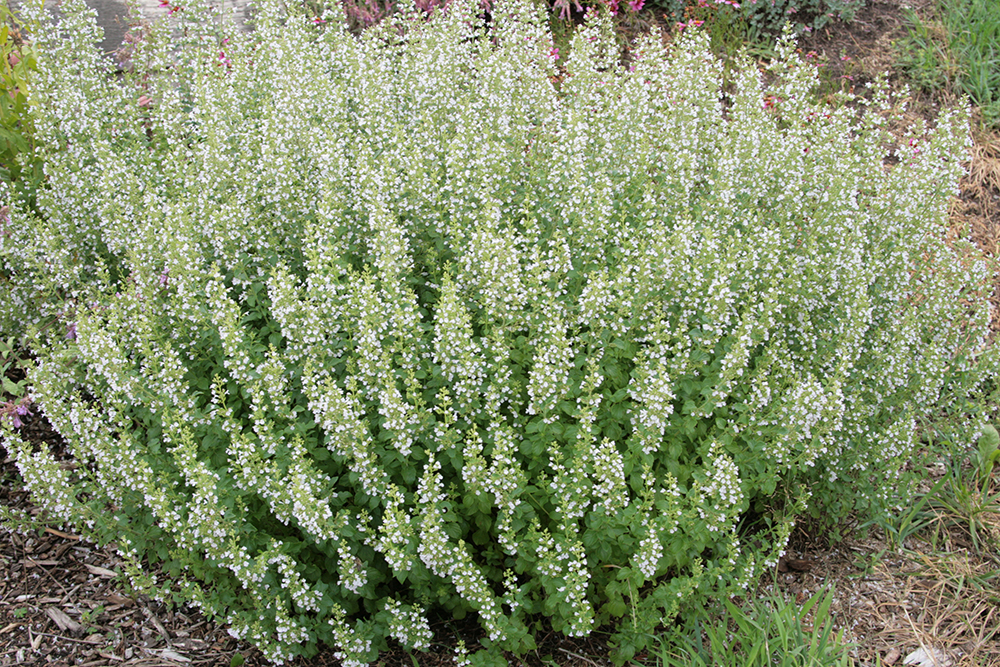
- Pixie Meadowbrite™ Coneflower: This coneflower is a compact variety that is well-suited for small gardens.
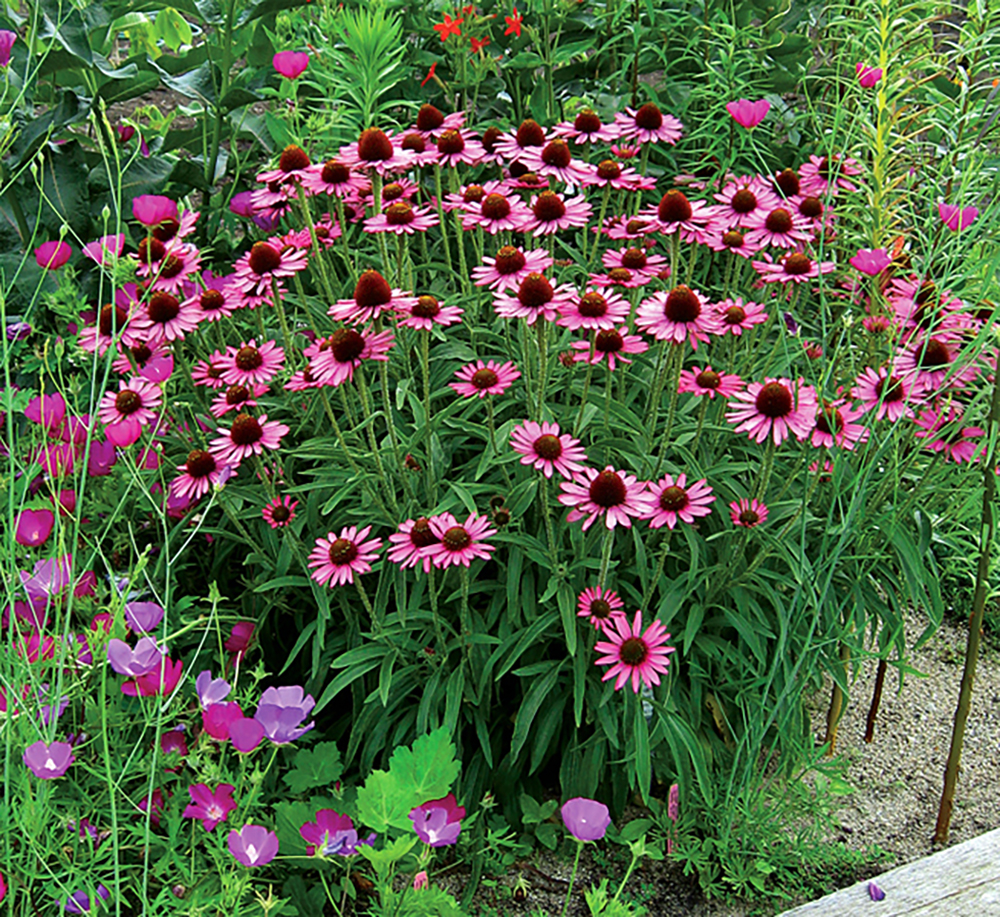
- Yarrow: This yarrow is a hardy plant that can help to repel pests.

Q2: What are the benefits of planting companion plants with St. John's wort?
A: There are several benefits to planting companion plants with St. John's wort. Companion plants can help to:
- Attract pollinators: Pollinators, such as butterflies and bees, are essential for the reproduction of many plants. Companion plants that attract pollinators can help to increase the pollination of St. John's wort, which can lead to more flowers and seeds.
- Repel pests: Some companion plants, such as yarrow, can help to repel pests that can damage St. John's wort.
- Improve soil quality: Some companion plants, such as Wood's Purple Aster, can help to improve the soil quality around St. John's wort, which can make the plant healthier and more productive.
- Create a more visually appealing garden: Companion plants can help to create a more visually appealing garden by adding different colors, textures, and heights to the landscape.
Q3: What are some things to consider when choosing companion plants for St. John's wort?
A: When choosing companion plants for St. John's wort, there are a few things to consider:
- Planting height: St. John's wort can grow to be 2-3 feet tall, so it is important to choose companion plants that are a similar height.
- Sunlight requirements: St. John's wort needs full sun to part shade, so it is important to choose companion plants that have similar sunlight requirements.
- Soil type: St. John's wort prefers moist, well-drained soil, so it is important to choose companion plants that have similar soil requirements.
- Pest and disease resistance: Some companion plants, such as yarrow, are resistant to pests and diseases that can damage St. John's wort.
- Visual appeal: Companion plants should be chosen to complement the appearance of St. John's wort.
Q4: How far apart should St. John's wort and its companion plants be planted?
A: The distance between St. John's wort and its companion plants will depend on the size of the plants. In general, it is a good idea to space St. John's wort and its companion plants 1-2 feet apart.
Q5: When should St. John's wort and its companion plants be planted?
A: St. John's wort and its companion plants can be planted in the spring or fall. However, it is important to avoid planting them during hot, dry weather.
Image of st john's wort companion plants
5 different images of "st john's wort companion plants" from Pinterest:
- Wood's Purple Aster: This is a tall, late-summer bloomer that attracts butterflies and hummingbirds. It is drought-tolerant and can help to deter pests from St. John's wort.

- Hairy Wild Petunia: This is a low-growing, groundcover plant that blooms in shades of blue, pink, and white. It is deer-resistant and can help to suppress weeds around St. John's wort.

- Montrose White Calamint: This is a hardy perennial that blooms in white flowers in mid-summer. It is drought-tolerant and can help to attract pollinators to St. John's wort.

- Pixie Meadowbrite™ Coneflower: This is a compact coneflower that blooms in shades of yellow, orange, and red. It is drought-tolerant and can help to attract butterflies and hummingbirds to St. John's wort.
- Bee Balm: This is a tall, herbaceous perennial that blooms in shades of pink, red, and white. It is deer-resistant and can help to attract pollinators to St. John's wort.
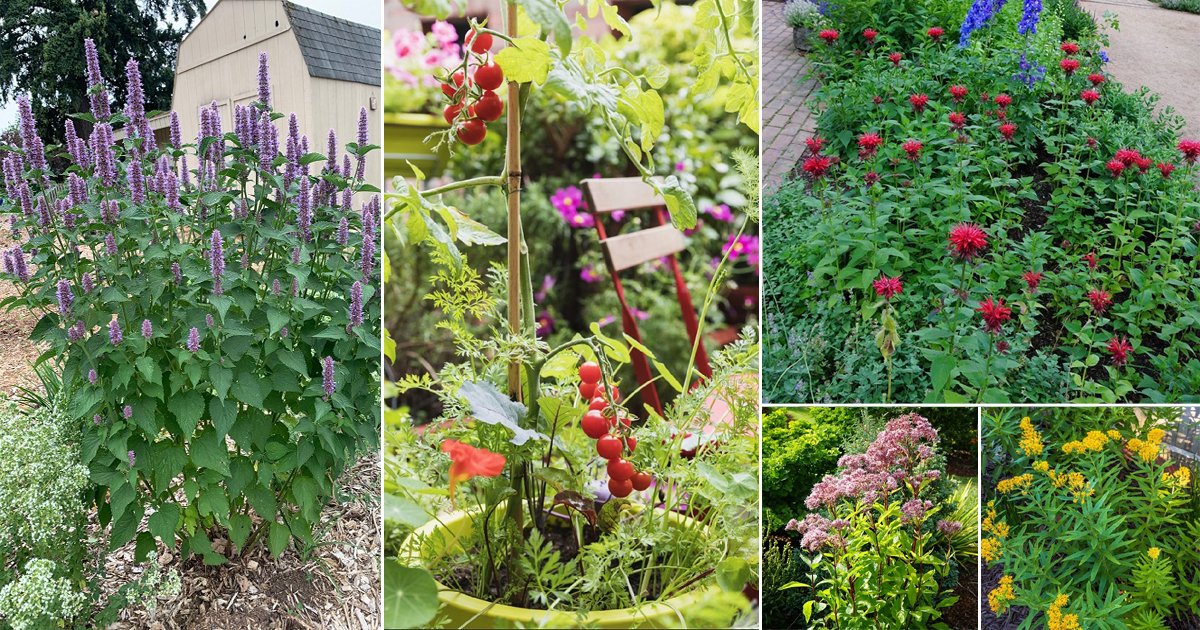

Post a Comment for "The Best Companion Plants For St John's Wort"